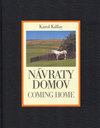
-
 Anglický jazyk
Anglický jazyk
Italian still life painters
Autor: Source: Wikipedia
Source: Wikipedia. Pages: 23. Chapters: Andrea Belvedere, Antonio Bacci (painter), Antonio Leonello, Antonio Maria Vassallo, Arcangelo Resani, Baldassare De Caro, Bartolomeo Bimbi, Bartolomeo Guidobono, Bartolommeo Ligozzi, Candido Vitali, Carel de Vogelaer,... Viac o knihe
Na objednávku, dodanie 2-4 týždne
13.95 €
bežná cena: 15.50 €
O knihe
Source: Wikipedia. Pages: 23. Chapters: Andrea Belvedere, Antonio Bacci (painter), Antonio Leonello, Antonio Maria Vassallo, Arcangelo Resani, Baldassare De Caro, Bartolomeo Bimbi, Bartolomeo Guidobono, Bartolommeo Ligozzi, Candido Vitali, Carel de Vogelaer, Carlo Antonio Procaccini, Carlo Girolamo Bersotti, Carlo Magini, Cesare Bernazano, Cristoforo Munari, Cristopher Unterberger, Domenico Bettini, Domenico Brandi, Evaristo Baschenis, Fede Galizia, Felice Boselli, Filippo Napoletano, Francesco del Prato, Gasparo Lopez, Gennesio Liberale, Gian Domenico Valentini, Giorgio Duranti, Giorgio Morandi, Giovanna Garzoni, Giovanni Agostino Cassana, Giovanni Battista Cassana, Giovanni Battista Passeri, Giovanni Francesco Bagnoli, Giovanni Paolo Castelli, Giovan Battista Ruoppolo, Giuseppe Arcimboldo, Giuseppe Recco, Guido Vedovato, Jacopo Nani, Laura Bernasconi, Lorenzo Fratellini, Luca Forte, Margherita Caffi, Mario Nuzzi, Marzio di Colantonio, Niccolò Carissa, Niccolo Guglielmo Alforae, Panfilo Nuvolone, Paolo Antonio Barbieri, Paolo Porpora, Paoluccio Cattamara, Pellegrino Ascani, Pierfrancesco Cittadini, Pietro Bianchi (painter), Pietro Paolo Bonzi, Scipione Angelini, Stefano Amadei, Still Life with Fruit (Caravaggio), Tommaso Realfonso. Excerpt: Giuseppe Arcimboldo (Italian pronunciation: ; also spelled Arcimboldi) (1527 - July 11, 1593) was an Italian painter best known for creating imaginative portrait heads made entirely of such objects as fruits, vegetables, flowers, fish, and books - that is, he painted representations of these objects on the canvas arranged in such a way that the whole collection of objects formed a recognizable likeness of the portrait subject. Vertumnus, a portrait of today. Rudolf II, Holy Roman Emperor painted as Vertumnus, Roman God of the seasons, c. 1590-1. Skokloster Castle, Sweden.His father, Biagio Arcimboldo, was an artist. Like his father, Giuseppe Arcimboldo started his career as a designer for stained glasses and frescoes at local cathedrals when he was 21 years old. In 1562 he became court portraitist to Ferdinand I at the Habsburg court in Vienna, and later, to Maximilian II and his son Rudolf II at the court in Prague. He was also the court decorator and costume designer. King Augustus of Saxony, who visited Vienna in 1570 and 1573, saw Arcimboldo's work and commissioned a copy of his "The Four Seasons" which incorporates his own monarchic symbols. Arcimboldo's conventional work, on traditional religious subjects, has fallen into oblivion, but his portraits of human heads made up of vegetables, plants, fruits, sea creatures and tree roots, were greatly admired by his contemporaries and remain a source of fascination today. At a distance, his portraits looked like normal human portraits. However, individual objects in each portrait were actually overlapped together to make various anatomical shapes of a human. They were carefully constructed by his imagination. Besides, when he assembled objects in one portrait, he never used random objects. Each object was related by characterization. In The Librarian, Arcimboldo used objects that signified the book culture at that time, such as the curtain that created individual study rooms in a library. The animal tails, which beca
- Vydavateľstvo: Books LLC, Reference Series
- Rok vydania: 2020
- Formát: Paperback
- Rozmer: 246 x 189 mm
- Jazyk: Anglický jazyk
- ISBN: 9781155625546

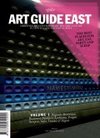
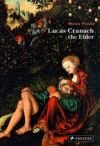
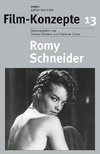

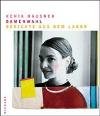
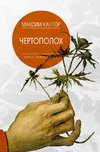
 Ruský jazyk
Ruský jazyk 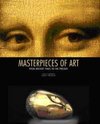
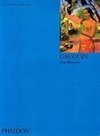
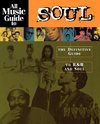

 Nemecký jazyk
Nemecký jazyk 
